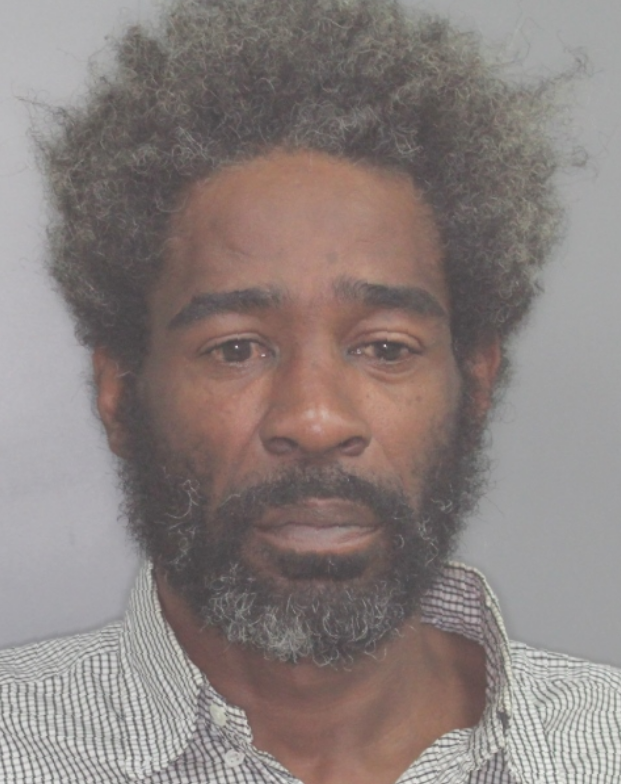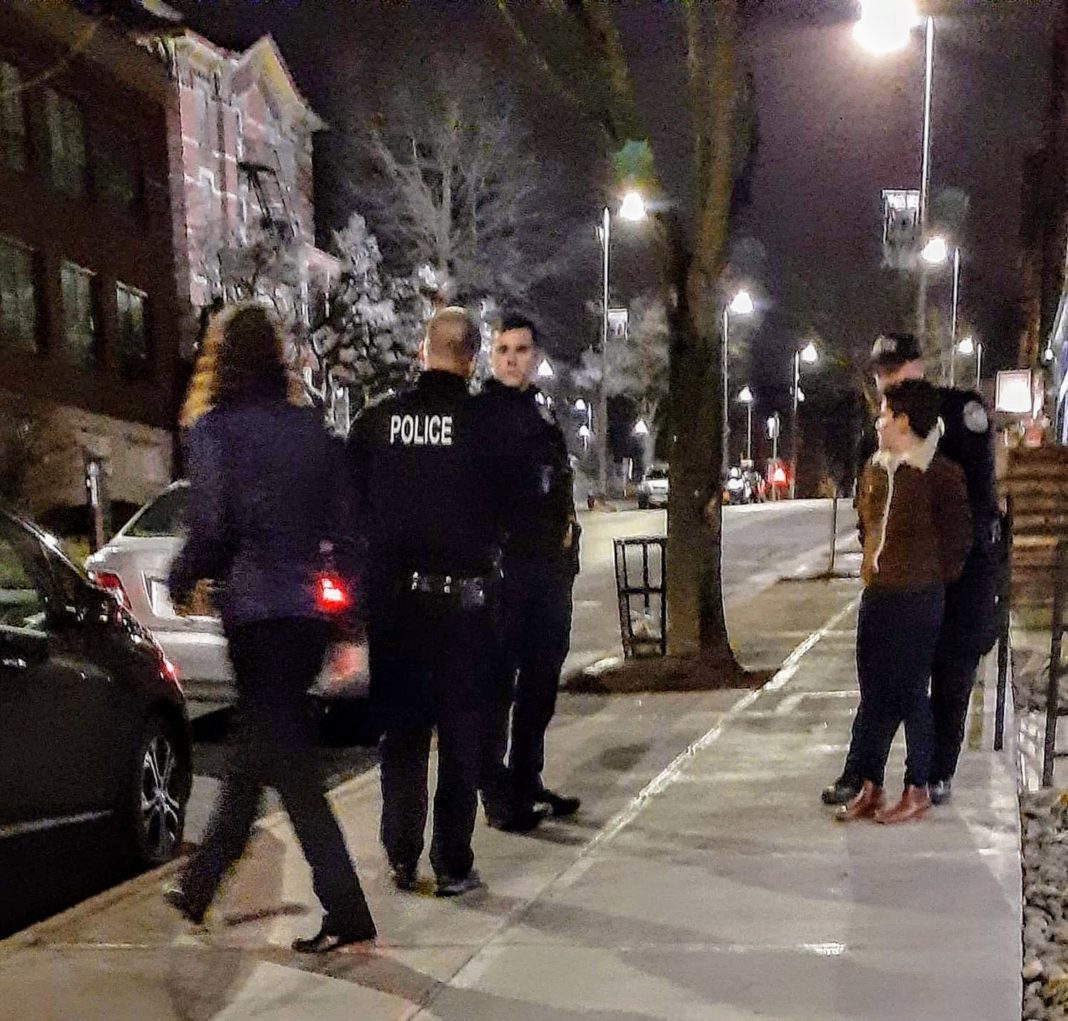Justice Sought After Mysterious Death at Fishkill Correctional Facility
In a bold legal move aimed at uncovering the truth, the family of Ameek Nixson—an Albany man who died inside Fishkill Correctional Facility in October 2024—has filed a lawsuit demanding access to autopsy records and investigative materials. The suit, filed on Monday, seeks “pre-action discovery and preservation” and marks what the family describes as the first of several legal steps in their pursuit of justice.
Despite the official autopsy ruling Nixson’s death as homicide “by others”, his loved ones say they’ve been left in the dark for months, receiving limited information and conflicting accounts. Their legal team is now turning to the courts to force transparency and accountability.
Autopsy Reveals Homicide—But Details Are Scarce
The family obtained the autopsy report through a Freedom of Information Law (FOIL) request. It confirmed what they feared: Ameek Nixson’s death was ruled a homicide—caused by others, not self-inflicted or due to natural causes.
While the New York State Police have closed their investigation, both the New York Attorney General’s Office and the Department of Corrections and Community Supervision (DOCCS) continue to probe the incident. Still, progress has been slow, and answers have been limited.
The family is particularly disturbed by the fact that, although the autopsy confirmed foul play, no names or responsibilities have been assigned, and the full records surrounding the death remain sealed unless ordered by the court.
What the Lawsuit Demands
Filed in Orange County, the lawsuit compels the Medical Examiner’s Office to release extensive material related to the autopsy and surrounding investigation. The Nixson family wants access to the following:
-
Full autopsy report and recut tissue slides
-
All photographs and potential video of the autopsy or body
-
Scene photographs where the death occurred
-
Death notices and investigative findings
-
Prison medical records shared with the ME
-
Emergency medical service (EMS) reports
-
Any external investigative documents in ME’s possession
These documents, the family believes, are essential in piecing together the events that led to Nixson’s death and determining whether correctional officers (COs) are responsible.
Reports of Beating by Correctional Officers
A central allegation in the family’s claim is that Ameek Nixson was violently assaulted by COs shortly before he died. According to witness accounts detailed in the lawsuit:
-
Nixson was involved in an altercation with another incarcerated individual.
-
Correction officers broke up the fight using excessive and violent force.
-
COs allegedly slammed both men to the ground, used a knee to strike Nixson’s head, and slammed him onto a counter.
-
Both men were then taken to the prison infirmary, where Nixson was found unresponsive just minutes later.
He was transported by ambulance to Montefiore St. Luke’s Hospital in Newburgh, where he was pronounced dead.
The family maintains that Nixson’s death was not just tragic, but avoidable and criminal. They argue that his injuries were inflicted by those tasked with maintaining order and safety inside the prison walls.
Legal Team Demands Independent Review
The family’s attorney, Debbie Greenberger, a partner at Emery Celli Brinckerhoff & Abady LLP, says they’ve enlisted an independent forensic pathologist to review the medical evidence. However, the ME’s office has reportedly refused to release critical records—including tissue slides and autopsy photos—without a court order.
“From people who are specialists in this, we know that by examining the tissue slides, you can get a better estimate of the time of death,” Greenberger said.
“The family knows very little about when exactly Ameek died. But there are reports suggesting he was beaten just shortly before his death. Getting a better sense of that timeline could determine whether corrections officers’ conduct directly caused his death.”
Lack of Accountability Raises Broader Concerns
The family and their legal team believe that their lawsuit will not only shed light on Ameek’s case but will also highlight a larger problem: the lack of transparency and oversight when it comes to deaths in state correctional facilities.
Despite the classification of homicide, there have been no criminal charges filed, no public report issued, and no visible disciplinary action taken against any correctional staff. This has raised questions about how correctional deaths are investigated and whether internal oversight is sufficient.
The case also echoes broader national concerns over prisoner abuse, police brutality, and lack of justice for incarcerated individuals—particularly Black men—who die under suspicious circumstances while in custody.
The Fight for Justice Continues
For now, the family’s goal is simple: get access to the truth. They want every document, photograph, and medical detail related to Ameek Nixson’s death. Only then, they say, can they begin to understand how and why he died—and who is responsible.
Greenberger confirmed that this is just the beginning.
“This lawsuit is the first step. Once we have access to the records, we’ll determine what further actions—legal or otherwise—are necessary to get justice for Ameek.”
In the meantime, the family continues to mourn and search for answers, vowing not to rest until someone is held accountable.

















Leave a Reply